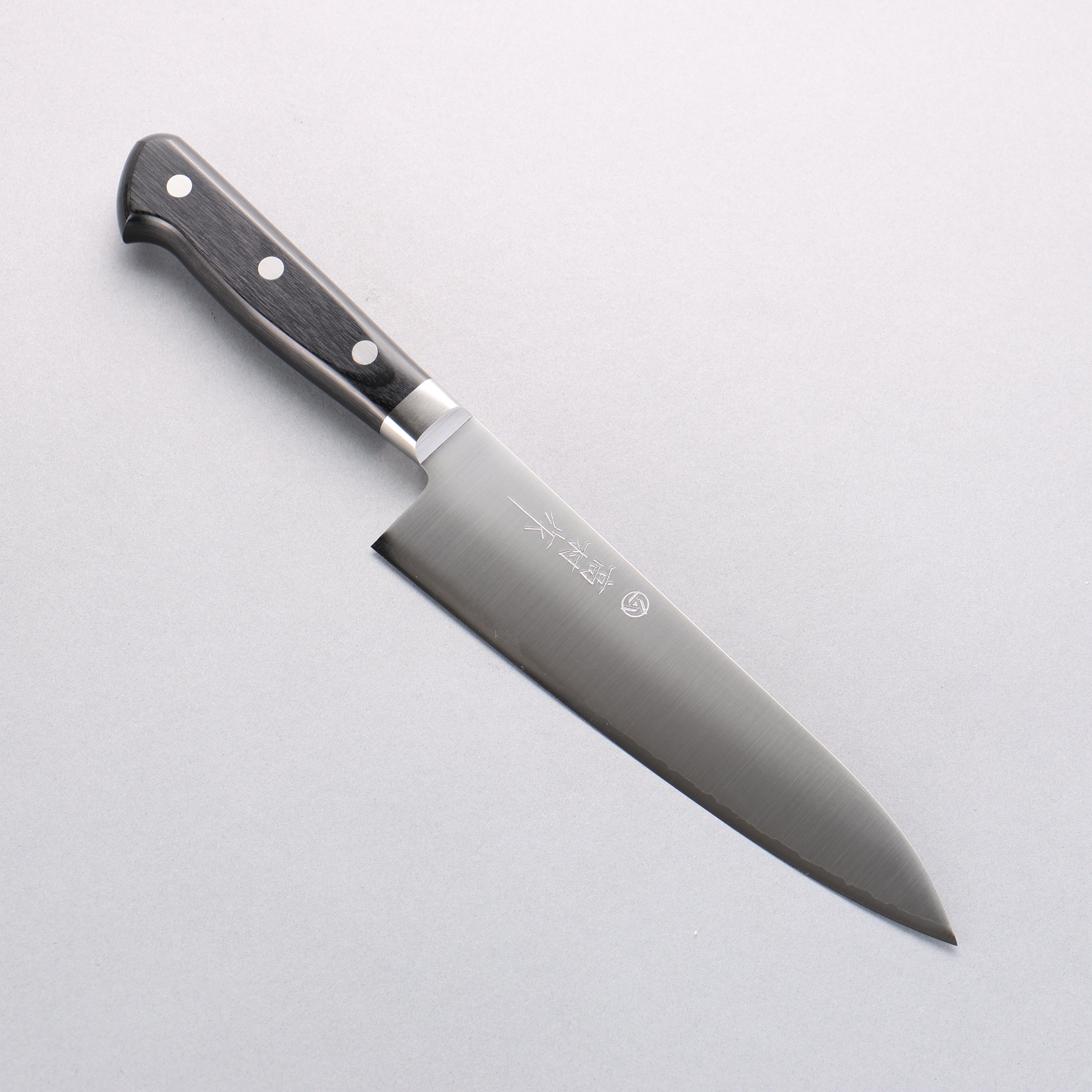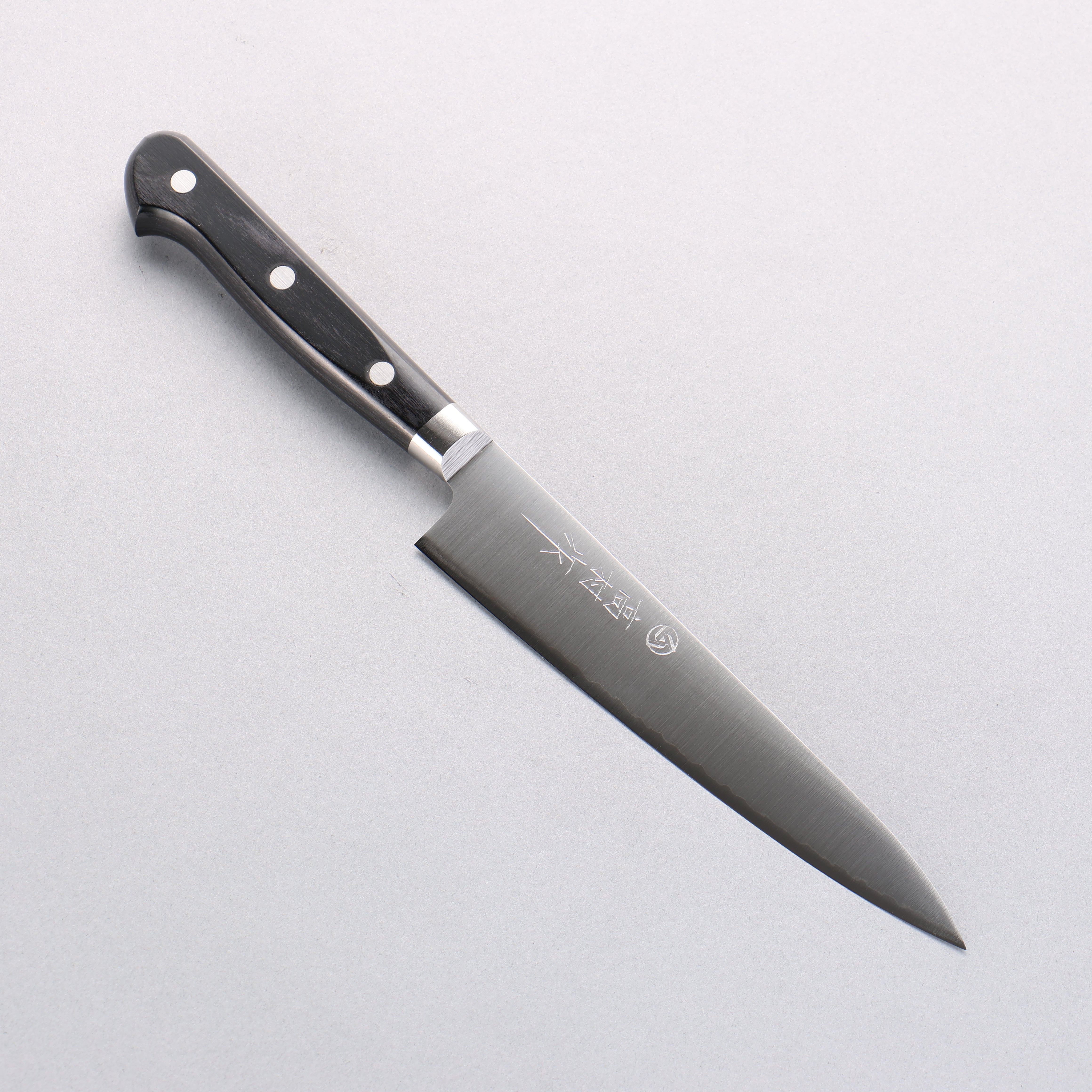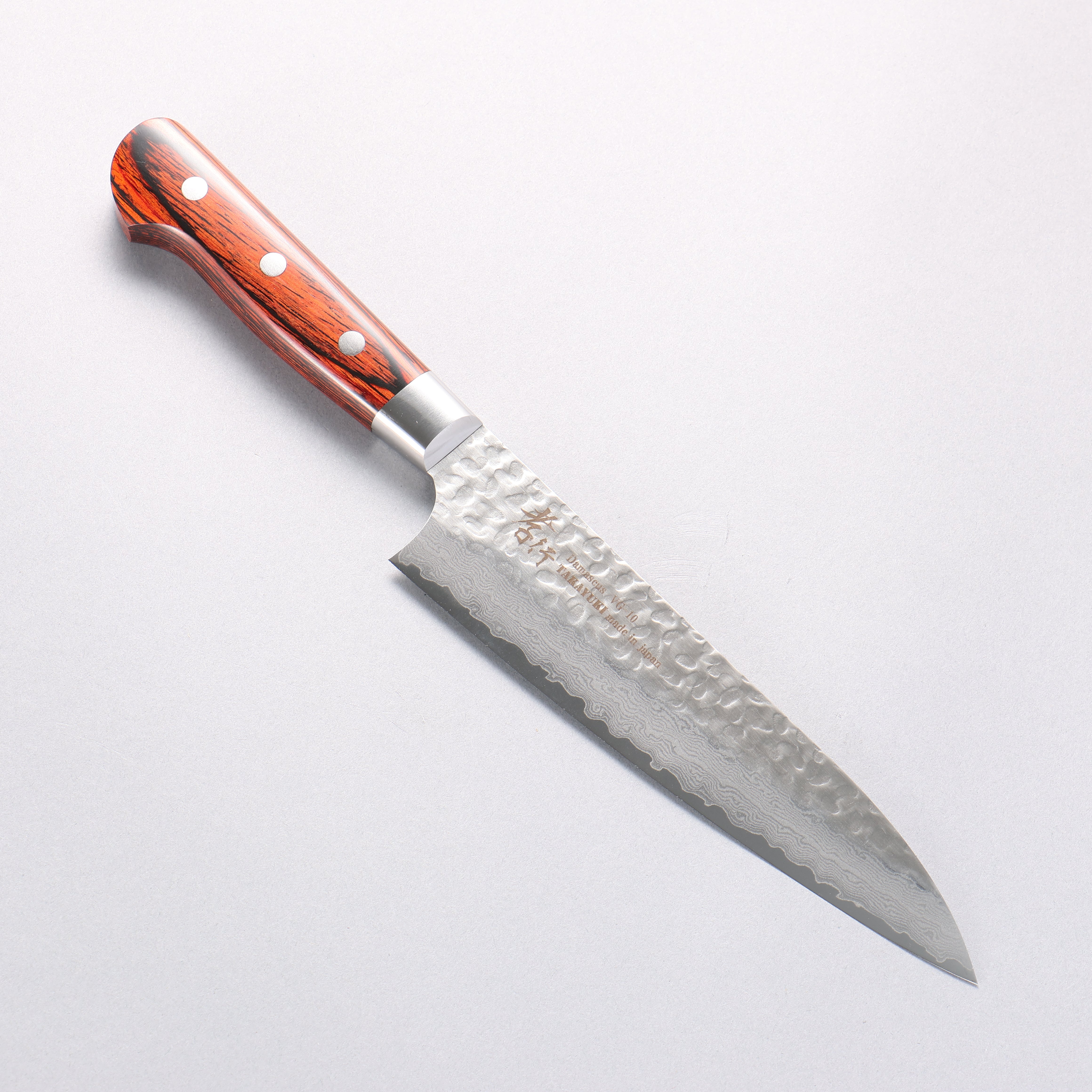Beginner
For those taking their first step into the world of Japanese kitchen knives.
Don't worry.
Shopping for a kitchen knife can be intimidating and overwhelming, especially for those new to Japanese kitchen knives. From knife styles to steel types, not to mention the relatively expensive price tags, it can feel like there’s a barrier to entry. Take your first step into the world of Japanese kitchen knives with confidence and browse our collections of kitchen knives hand selected for aspiring chefs.

Let's Get Cooking
A knife you can rely on makes all the difference in the kitchen.
For Everything, For Everyone
Standard styles made from sturdy steels and well suited for just about any task

The Vegetable Knives
For chopping and dicing.

For slicing and filleting.
The Smaller Knives
Sometimes the best knife for the job is a little one.

Style Guide
Kitchen knives and the various tasks they are built for.

Gift Guide
From experienced to novice, any chef would love these knives.
Frequently asked questions
For those who are new to Japanese knives, their generally higher price point compared to Western steels may be surprising.
In order to achieve the level of quality and performance that Japanese knives are known for, a more intricate and labor-intensive production process is required. These knives are often made painstakingly by hand using traditional techniques, while their steels are more metallurgically complex and harder to work with.
The totality of this process calls for higher labor and material costs, but in exchange these craftsmen are able to produce incredible kitchen tools which will stand the test of time.
While Japanese knives have excellent performance and longevity, a higher degree of care is required to prevent issues like chipping or rust.You should always wipe down, hand wash, and towel dry your Japanese knife right after use, even if it is stainless, in order to protect against instances of corrosion down the road. While Japanese steels are quite hard and sharp, this same hardness makes them more susceptible to chipping. It is best not to attempt to cut through things like bones, frozen foods, or tough objects such as gourds or avocado pits.Lastly, it is important to use proper technique when cutting with your Japanese knife. Actions such as forcing a cut, twisting, or chopping straight down can wear down the edge, especially when done on a particularly hard cutting board material. As a general rule, you should always give the edge some forward motion while cutting, relying on its very sharpness rather than sheer force to get through food matter.
Figuring out which Japanese knives to get for a set can be both exciting and daunting, given the number of options available.
The key to a good knife set is its well-roundedness, making sure that each knife has a clear purpose that can effectively divide labor. This dynamic quality not only makes food prep more efficient, but ensures that no one knife is being overused and thus worn down too quickly.
Generally, a well-rounded knife set will include a chef's knife (either a gyuto or santoku), a nakiri for vegetable chopping, a petty-utility knife for small-scale work, and a sujihiki for dedicated meat slicing. From these four styles, customers can further narrow down which knives are best for them by considering style variations, steel types, and blade lengths. For further assistance in selecting a knife set, please visit our shop, give us a call, or write us an email!





















